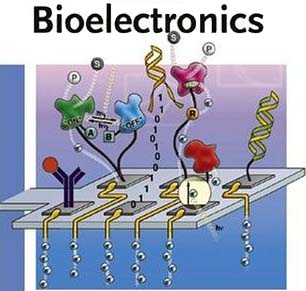Nano Bio Robot based on Nano Bio Robot (synthetic dioxyribosomes) PhD Nano _ Microelectronics
Researcher and author: Dr. ( Afshin Rashid)
Note: DNA enzymes called deoxyribosomes, under certain conditions, can separate bonds in an RNA strand. The so-called nanobots are based on artificial dioxyribosomes.
DNA-based nano-robot or (DNA-based nano-robot) consists of two parts: one (diagnostic part) and (one therapeutic part), the therapeutic part destroys a pathogenic RNA strand: the more it Let's get rid of it. Less harmful protein is produced. The second part of the robot allows this. Detect pathogenic cells, and if a "wrong" RNA molecule is present in the cell, it binds to a chemically modified oligonucleotide, which enters the cell artificially, splits it, and a fluorescence occurs. Falls. DNA-based nano-robots or (DNA-based nano-robot) as a "molecular switch" to induce cell division operates. Nanobots are able to detect a pathogenic RNA strand and destroy it.
DNA-based nano- robots (DNA-based nano- robots ) have created new possibilities for using DNA beyond its genetic and biological purpose, turning it into a Lego-like material for making objects only a few billionths in diameter. Meters (nanoscale). DNA-based materials are currently used for a variety of applications, from patterns of nano-electronic devices to DNA-based nano-robots. DNA nanorobots or nanorobot DNA have emerged as a new tool for nanobiological with the ability to improve the delivery and anti-cancer effect of various drugs. DNA nanostructures are considered to be one of the most promising nanocarriers. A framework-based DNA nanorobot performs framework-based lysosomal degradation of selectively specific proteins on repair cells.
Conclusion:
DNA enzymes called deoxyribosomes, under certain conditions, can separate bonds in an RNA strand. The so-called nanobots are based on synthetic dioxyribosomes.
Researcher and author: Dr. ( Afshin Rashid)
PhD in Nano-Microelectronics




